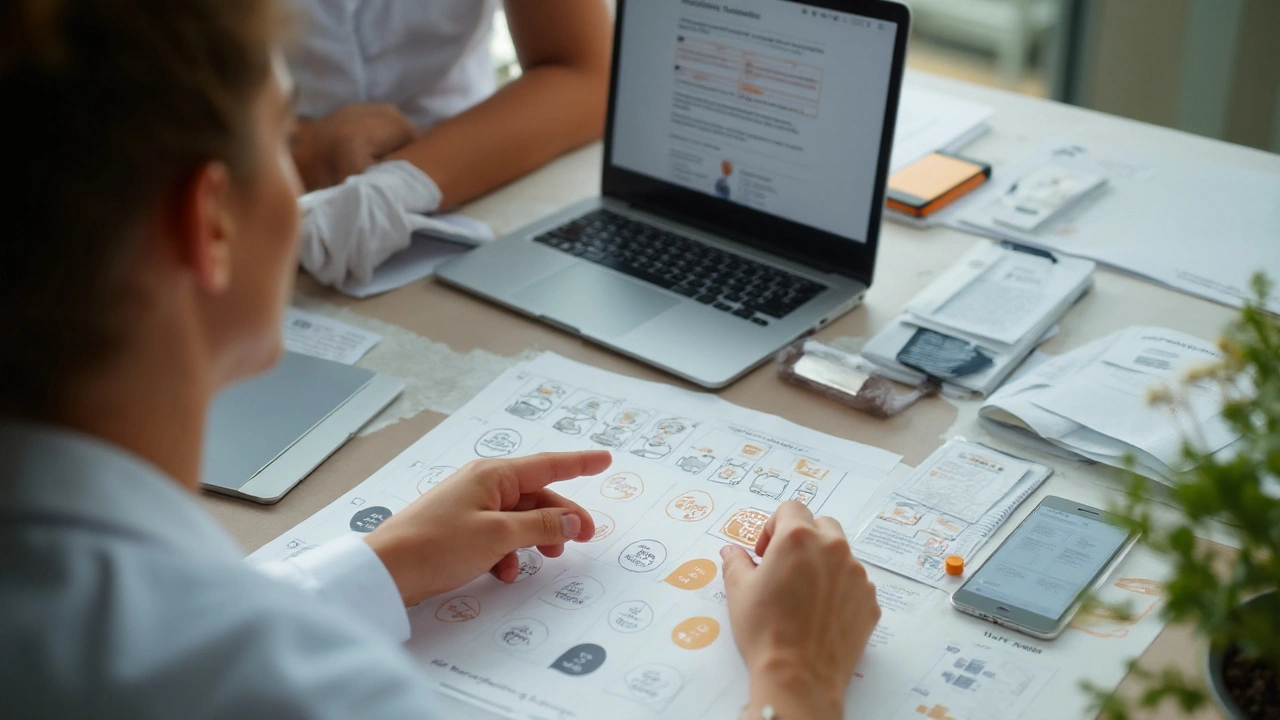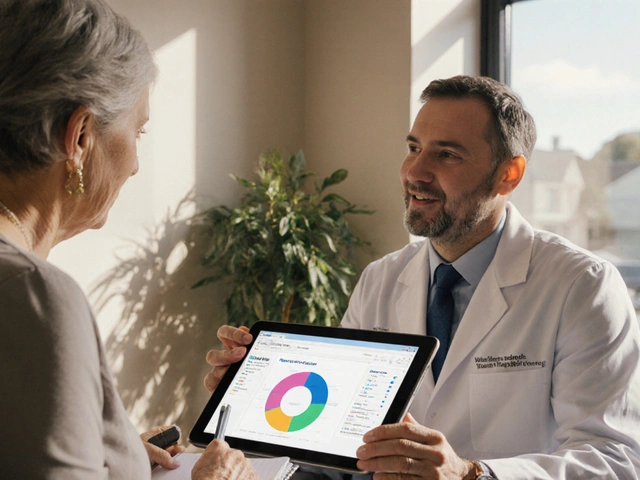Dosage Basics: How to Get the Right Amount Every Time
Ever wondered why a pill says "Take 1 tablet twice a day" while another says "2 ml once daily"? That’s dosage – the amount of a drug or supplement you should use to get the benefit without risking side effects. Getting it right matters whether you’re dealing with a simple painkiller or a complex prescription.
Read the Label Like a Pro
The first step is to look at the label or the prescription. It tells you the strength (like 500 mg), the frequency (once a day, every 8 hours), and any special instructions (take with food, never crush). If the label mentions "adult dose" or "pediatric dose," use the one that matches your age group. When something isn’t clear, a quick call to your pharmacist can clear up confusion in minutes.
Factors That Change Your Dose
Your weight, age, kidney function, and other meds all play a role. A heavier person might need a larger dose of an antibiotic, while an older adult may need a lower dose of a blood‑pressure pill because their kidneys work slower. Alcohol, food, and other drugs can boost or cut the effectiveness, so always note if the label says "take with food" or "avoid alcohol."
When you start a new medication, doctors often begin with a low dose and increase it gradually. This “start low, go slow” approach helps you see how your body reacts and keeps side effects at bay. If you’re switching brands, double‑check that the strength is the same – a 10 mg tablet isn’t the same as a 5 mg tablet, even if they look alike.
Using a dosage calculator or a simple spreadsheet can help you keep track, especially if you take multiple meds. Just plug in the strength and the prescribed amount, and the tool shows you how many pills or milliliters you need each day. Save the calculation in a note on your phone so you can refer back anytime.
Never guess or cut pills unless a health professional says it’s safe. Splitting a tablet that isn’t scored can give you an uneven dose, which may lead to under‑ or overdosing. If you need a smaller amount, ask your pharmacist for a liquid form or a lower‑strength tablet.
Finally, always have a backup plan. Keep a list of all your meds, their doses, and any timing notes. If you travel or lose a prescription, that list tells the pharmacist exactly what you need. And when you notice any new symptoms – dizziness, rash, stomach upset – check if they could be linked to the dose and call your doctor right away.
Following these simple steps takes the guesswork out of dosage. You’ll feel more confident, stay safer, and get the most out of your medication or supplement.
Baricitinib for Temporal Arteritis: Mechanism, Efficacy, and Safety Guide
Explore how Baricitinib works for giant cell (temporal) arteritis, its clinical evidence, safety profile, dosing, and how it compares to steroids and tocilizumab.
Tretiva (Isotretinoin) 2025: Uses, Dosage, Side Effects, and Safe Access
What Tretiva is, how to use it safely, side effects, dosing, and how to find the official leaflets and UK safety steps. Clear guidance for 2025.
Eriacta: Benefits, Dosage, and User Guide for Erectile Dysfunction
Get the real facts on Eriacta—how it works, who it's for, proper usage, side effects, and smart buying. Practical advice and real talk from Bristol.








